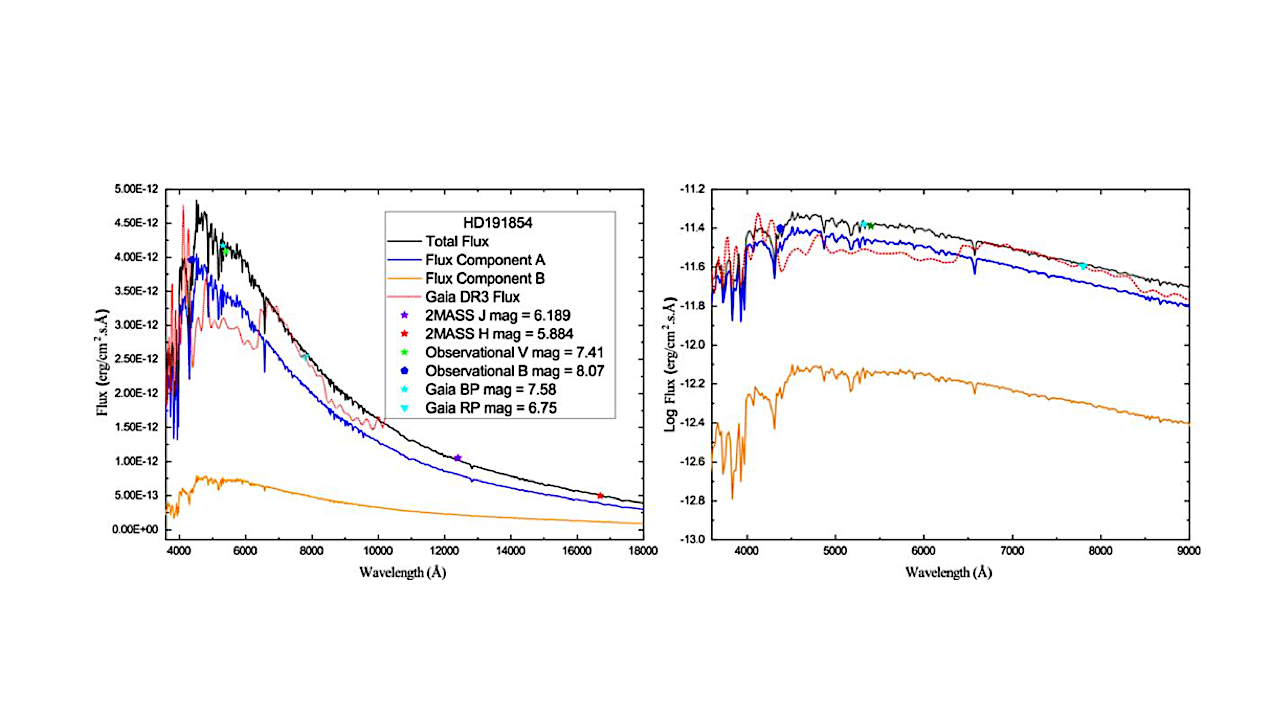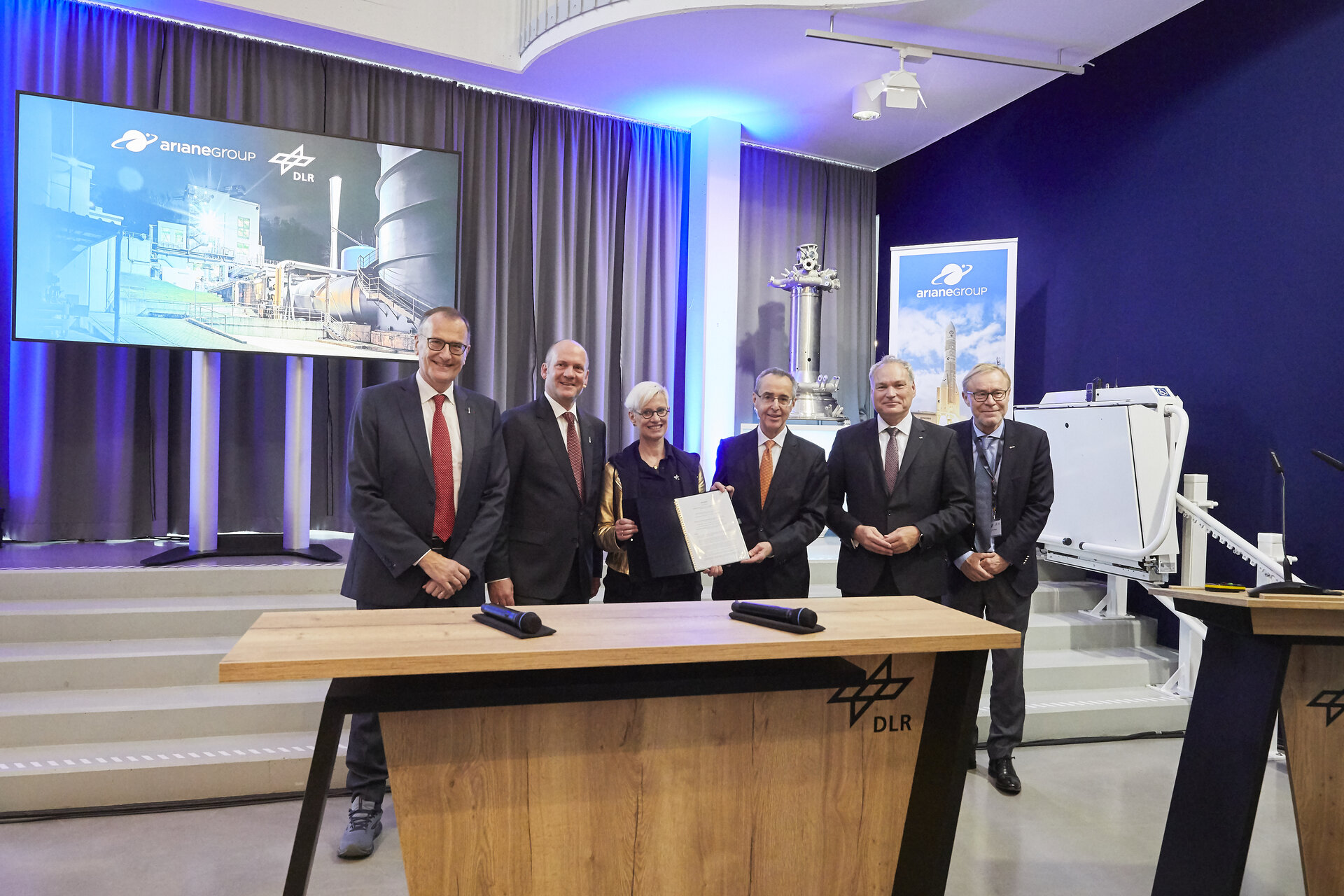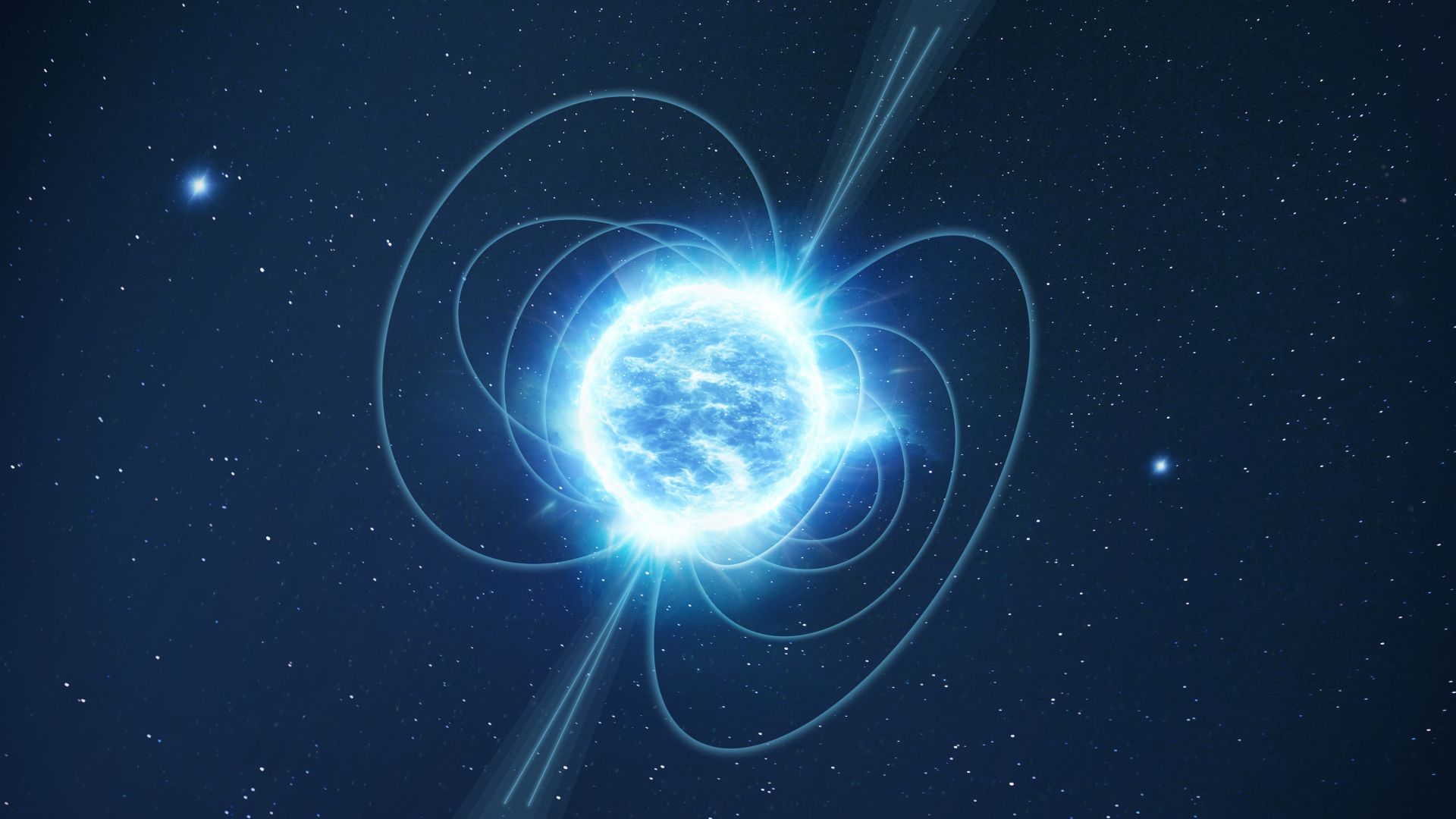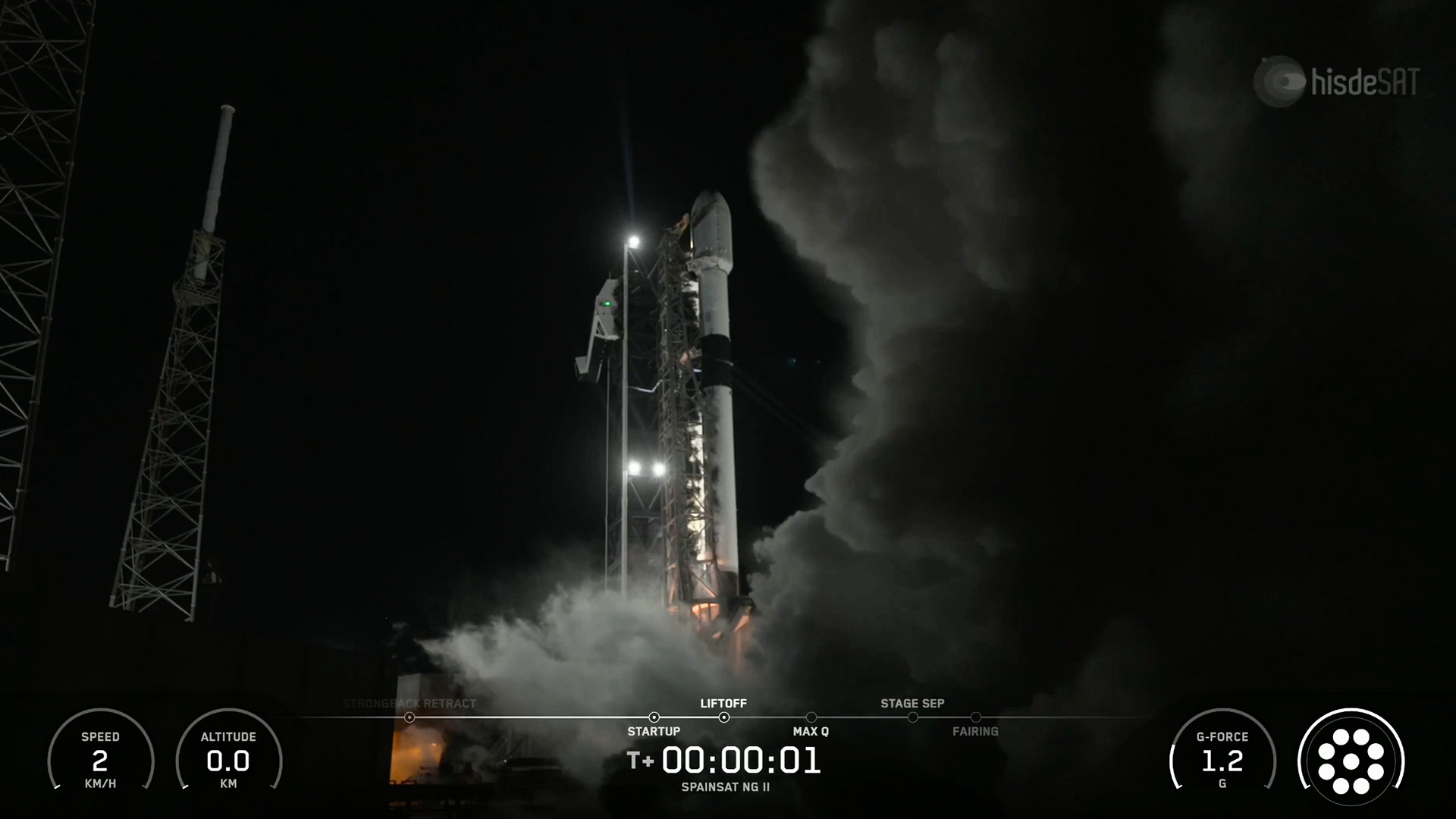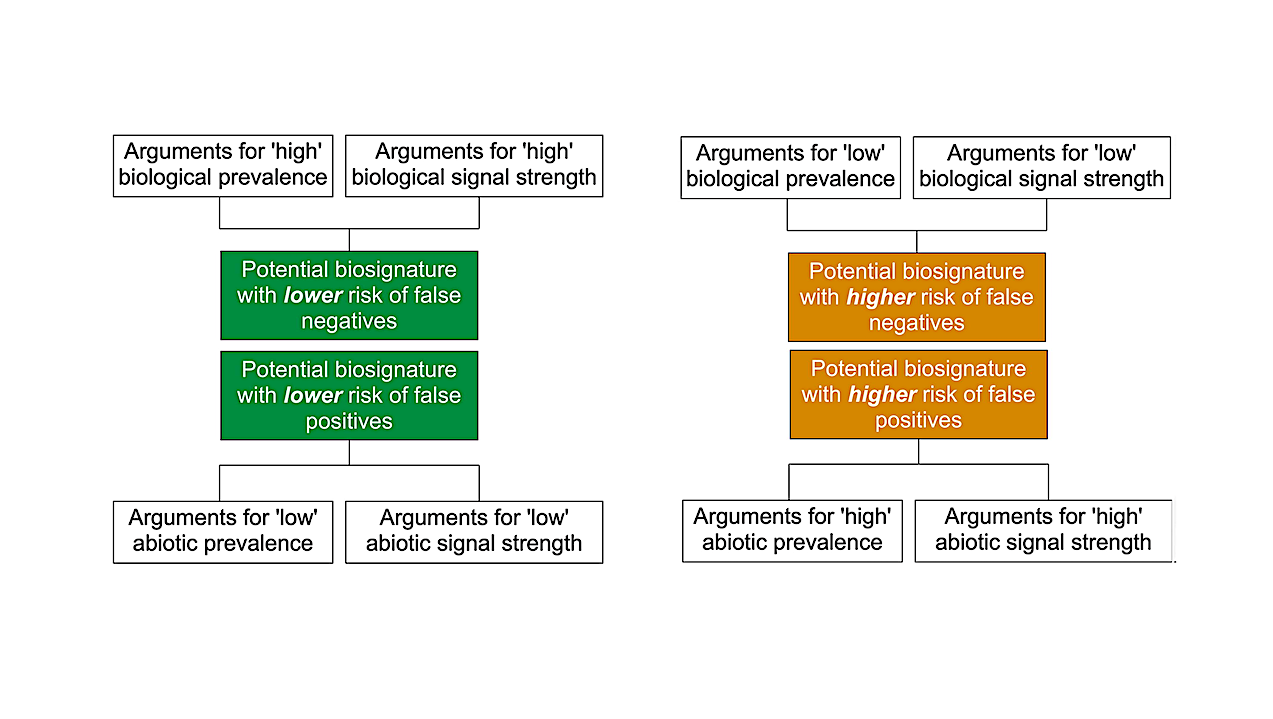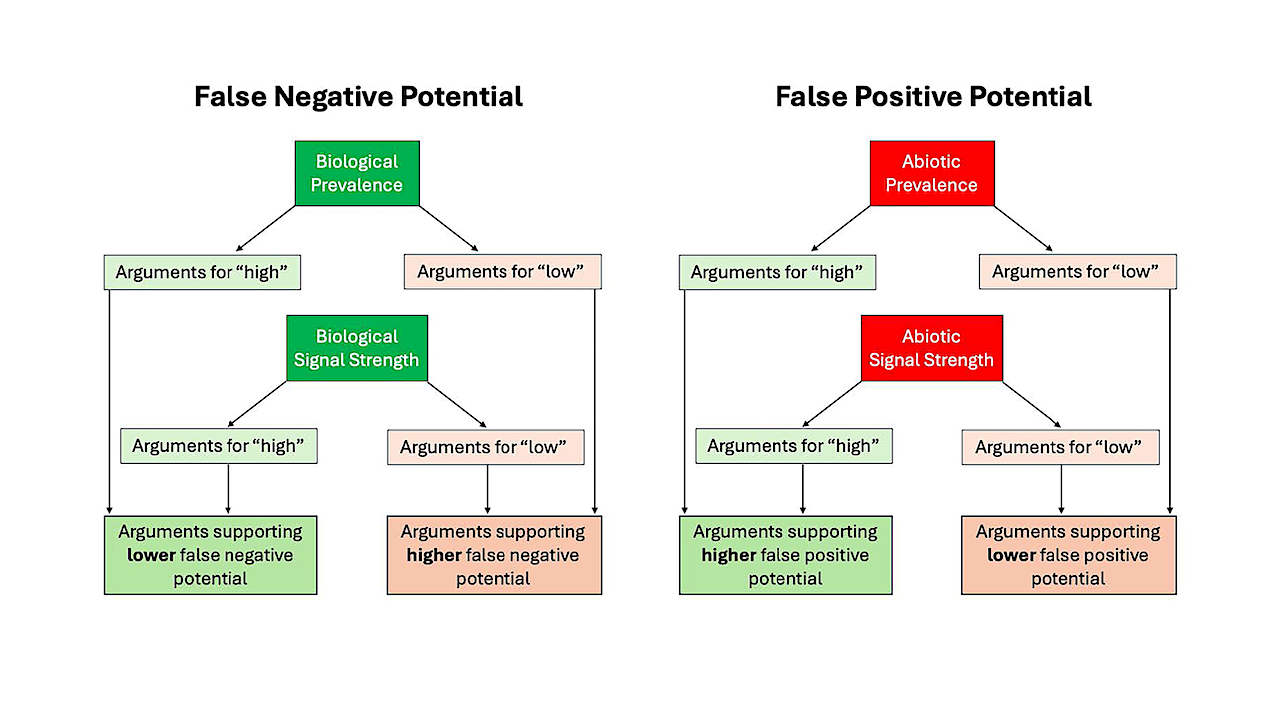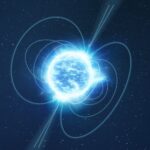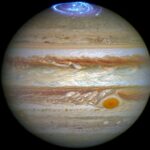Synthetic SED of the binary system HD 191854 constructed using Al-Wardat’s complex method and Kurucz’s ATLAS9 model atmospheres. The total flux (black), flux of component A (blue), and flux of
Hot Posts770- Page
Enabling & Support 24/10/2025 80 views 1 likes An agreement, supported by ESA and signed on 24 October 2025 between the German Aerospace Centre (DLR) and ArianeGroup states that Vinci,
By developing a new theoretical relation describing just how compact neutron stars — which are the remnants of massive stars that have gone supernova — can get, researchers have found
SpaceX launched its record-setting 139th mission of the year today (Oct. 23). A Falcon 9 rocket lifted off from Florida’s Cape Canaveral Space Force Station today at 9:30 p.m. EDT
This article was originally published at The Conversation. The publication contributed the article to Space.com’s Expert Voices: Op-Ed & Insights. Russia is targeting UK space infrastructure, and in particular military
In November, a key gathering of the European Space Agency (ESA) will take place, bringing together Member States, Associate States, and Cooperating States. This Council at Ministerial Level is not
Relationship between criteria, arguments, and outcome — Astrobiology via Sage Journals The abundance and distribution of stable isotopes of an element in a substance can provide insights regarding the source,
Schematic representation of the relationship between criteria, “arguments,” and false positive/negative potential within the Life Detection Knowledge Base (LDKB). Knowledge sourced from peer-reviewed publications is represented in the LDKB in
Below the waves of the Mediterranean, Europe’s KM3NeT neutrino telescope is on a cosmic hunt. Towering strings of sensors stretch a kilometer down to the seafloor, arranged in a vast
Today’s ESA/Hubble Picture of the Week features a galaxy that Hubble has captured multiple times over more than 20 years. The galaxy is called NGC 3370, and it is a
-
 012024 in Review: Highlights from NASA in Silicon Valley
012024 in Review: Highlights from NASA in Silicon Valley -
 02Panasonic Leica Summilux DG 15mm f/1.7 ASPH review
02Panasonic Leica Summilux DG 15mm f/1.7 ASPH review -
 03How New NASA, India Earth Satellite NISAR Will See Earth
03How New NASA, India Earth Satellite NISAR Will See Earth -
 04And Thus Begins A New Year For Life On Earth
04And Thus Begins A New Year For Life On Earth -
 05Astronomy Activation Ambassadors: A New Era
05Astronomy Activation Ambassadors: A New Era -
06SpaceX launch surge helps set new global launch record in 2024
-
 07Space Force plans new ‘Futures Command’ amid pressure to speed up modernization
07Space Force plans new ‘Futures Command’ amid pressure to speed up modernization


